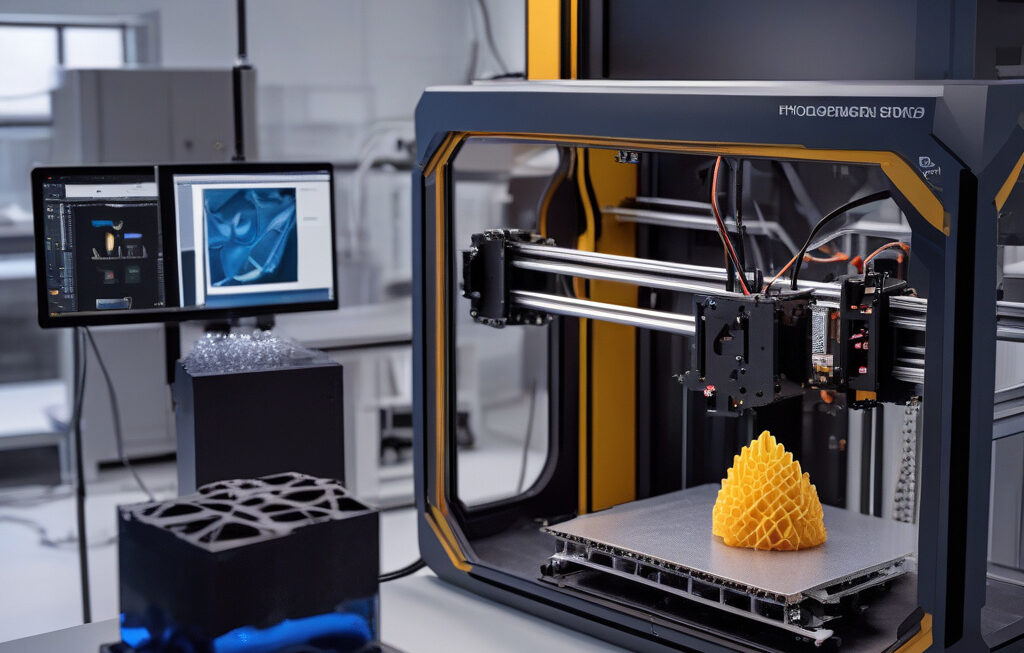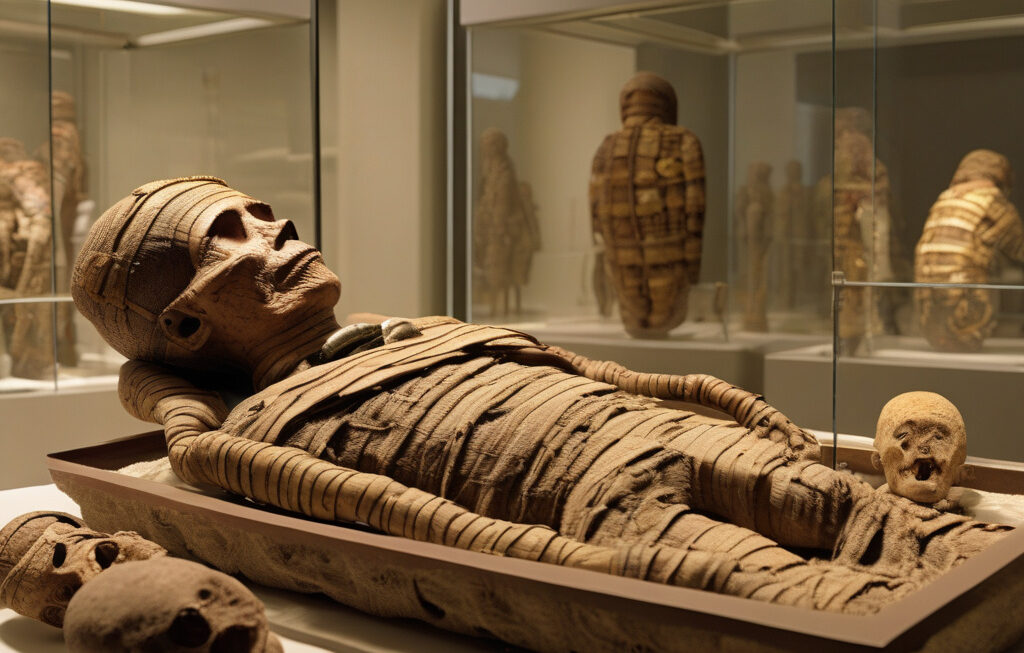Myth to Motion: How Easter Islanders Moved Their Towering Stone Giants Upright
A new study confirms the iconic moai statues of Rapa Nui “walked” to their final resting places, debunking the long-held belief that these massive stone figures were simply dragged into position. The mystery of how the Easter Islanders moved these towering giants, some weighing as much as 80 tons, has fascinated archaeologists and historians for centuries. The recent findings shed light on the incredible engineering prowess and innovative techniques employed by the ancient Rapa Nui civilization.
The moai statues, with their distinct oversized heads and elongated features, are a defining symbol of Easter Island and its rich cultural heritage. Carved from volcanic tuff quarried from the island’s Rano Raraku crater, these monolithic figures were erected on stone platforms known as ahu, overlooking the island’s coastline. The prevailing theory was that the statues were transported horizontally on wooden sledges, using a combination of brute force and manpower to move them across the rugged terrain.
However, the latest study challenges this conventional wisdom. Researchers from Binghamton University, State University of New York, conducted experiments to replicate the process of moving a replica moai statue. Through a series of careful calculations and physical tests, they discovered that by rocking the statue from side to side, they could create a walking motion that allowed the statue to “walk” forward. This novel method, known as “dynamic walking,” proved to be a more efficient and manageable way to transport the statues than dragging them.
The implications of this discovery are profound. Not only does it provide a plausible explanation for how the Easter Islanders moved the moai statues, but it also highlights the ingenuity and resourcefulness of this ancient civilization. By harnessing the natural forces of gravity and leverage, the Rapa Nui people were able to achieve monumental feats of engineering that continue to inspire awe and admiration to this day.
Moreover, the study underscores the importance of interdisciplinary research and collaboration in unraveling the mysteries of the past. By combining principles of physics, engineering, and archaeology, the researchers were able to gain new insights into the techniques used by the Easter Islanders, offering a fresh perspective on their cultural practices and technological advancements.
As we marvel at the towering moai statues of Easter Island, we are reminded of the enduring legacy of human creativity and innovation. The ability of the Rapa Nui civilization to overcome seemingly insurmountable challenges and erect these majestic stone figures is a testament to the power of human ingenuity. By embracing curiosity, pushing the boundaries of knowledge, and challenging established beliefs, we can continue to unlock the secrets of the past and celebrate the remarkable achievements of our ancestors.
In conclusion, the story of how the Easter Islanders moved their towering stone giants upright is a testament to the indomitable spirit of human endeavor. Through a combination of skill, determination, and unconventional thinking, they were able to transform myth into motion, leaving behind a legacy that continues to captivate and inspire us today.
Easter Island, Rapa Nui, Moai statues, Ancient engineering, Archaeology











